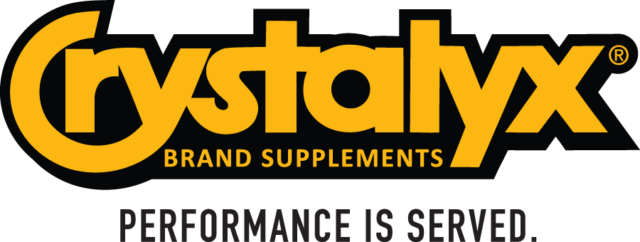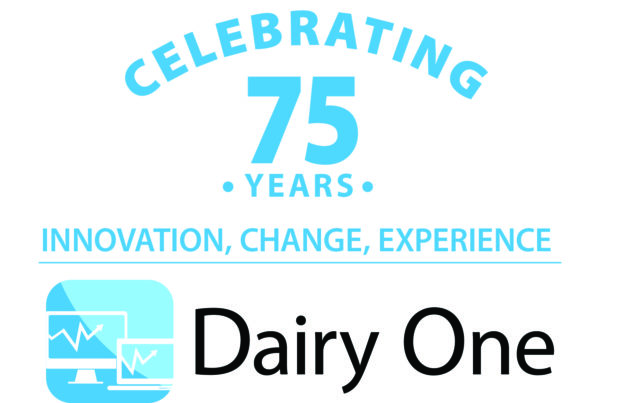U.S. exports of milk powder, whey products and cheese trended higher in February, pushing overall U.S. dairy exports to $438.4 million, up 14 percent from last year (and up 18 percent adjusted for leap day), according to Alan Levitt, vice president of communications and market analysis at the U.S. Dairy Export Council (USDEC).
U.S. suppliers shipped 152,856 tons of milk powders, cheese, butterfat, whey and lactose during the month, a 15-percent gain when adjusted for leap day. On a daily-average basis, it was the best showing for U.S. exporters since May 2015.
Looking at individual countries, milk powder sales to Mexico rebounded in February, with values the highest in nearly two years (daily-average basis). Shipments to China, led by whey products, also were very strong. Cheese sales pushed values higher in South Korea.
In contrast, dry ingredient exports to Southeast Asia trailed year-ago levels.
On a total milk solids basis, U.S. exports were equivalent to 14.8 percent of U.S. milk production in February. Imports were equivalent to 3.6 percent of production during the month.
Find the full report at http://www.usdec.org/
Dairy replacement sales
After a large jump in January, exports of U.S. dairy replacement heifers returned to earth in February, with sales of 1,975 head. Nearly three-fourths (1,500 head) of the monthly total went to Sudan, with just 291 and 184 head moved to Canada and Mexico, respectively.
At 4,970 head, January 2017 sales were the highest since March 2014, according to USDA’s Foreign Ag Service (FAS). However, even with the decline, February 2017 sales were the fourth-highest monthly total in the past 19 months. February exports were valued at $6.73 million.
Gerardo Quaassdorff, DVM, sales and management consultant with TK Exports Inc., Boston, Virginia, said he’s receiving inquiries from several other countries regarding shipments later this year.
The strong U.S. dollar continues to loom over price competitiveness, and political events in Russia and Turkey are creating headwinds for replacement heifer sales in those countries, Quaassdorff said. In addition, Chile is becoming more competitive for markets in China, and could make inroads into Mexico.
International customers are gradually demanding more genomic information on animals they purchase, although they’re not necessarily willing to pay for it, he added.
Foreign sales of U.S. dairy embryos continue to slumber. Sales totaled 378 in February 2017, and were valued at $372,000. Japan was the leading market for the month, purchasing 134 dairy embryos, followed by the United Kingdom, at 101, and Canada, with 55.
Hay exports
Aided by a jump in sales to China, U.S. alfalfa hay exports topped 220,000 metric tons (MT) in February 2017. Monthly exports totaled 221,760 MT, the ninth time sales volumes topped 200,000 MT in the past 10 months.
China was the leading foreign market for alfalfa hay during the month, at about 109,500 MT. The next four markets (Japan, Saudi Arabia, United Arab Emirates and South Korea) combined to purchase 101,300 MT.
The alfalfa hay exports were valued at about $63.1 million.
February 2017 sales of other hay totaled just over 120,000 MT, with Japan and South Korea combining to purchase about 103,500 million MT.
The other hay exports were valued at about $34.5 million.
Exports of alfalfa cubes and meal were mostly unchanged from January.
U.S. ag trade surplus improves
With the shorter month, February 2017 U.S. ag exports were valued at $11.27 billion, down from $12.35 billion in January. Monthly U.S. ag imports were valued at $9.38 billion, down from $10.1 billion a month earlier.
As a result, February’s U.S. ag trade surplus was $1.89 billion, raising the two-month 2017 total to $4.12 billion. It compares to a trade surplus of $1.69 billion for the same period a year earlier. ![]()

-
Dave Natzke
- Editor
- Progressive Dairyman
- Email Dave Natzke





